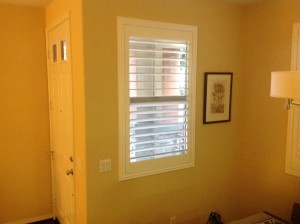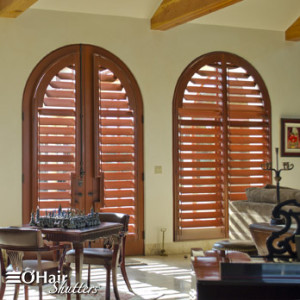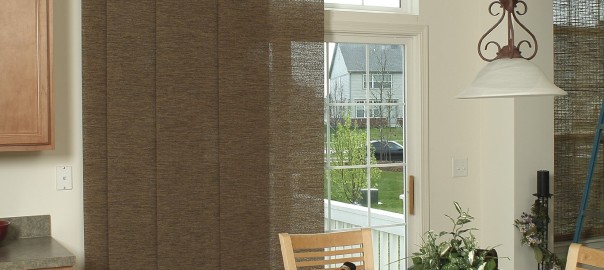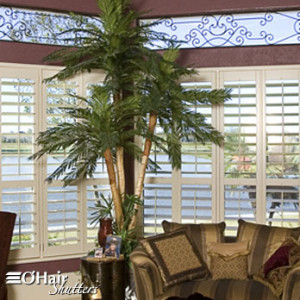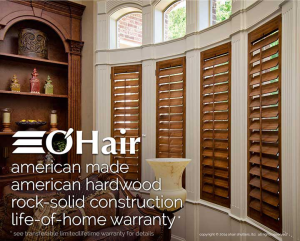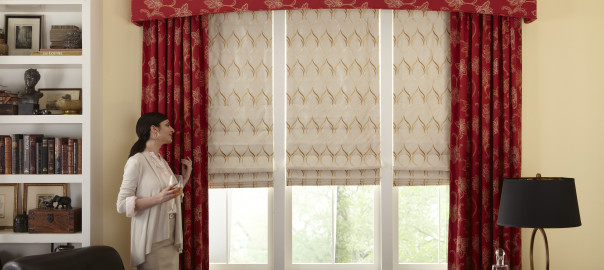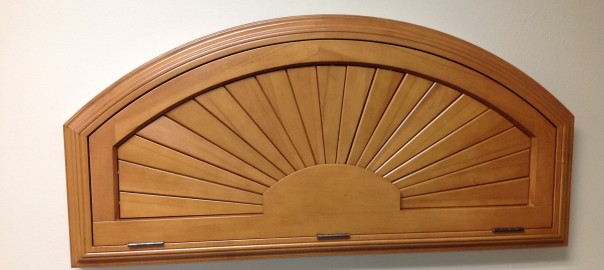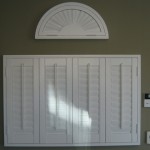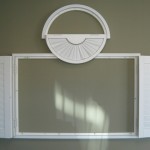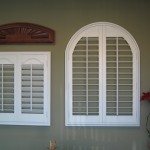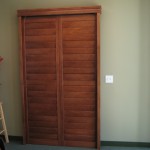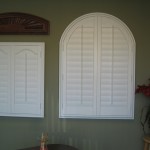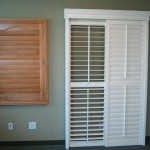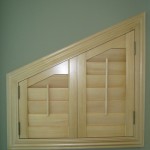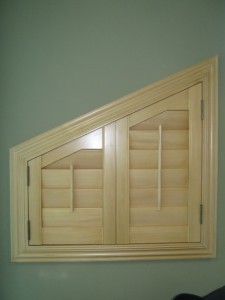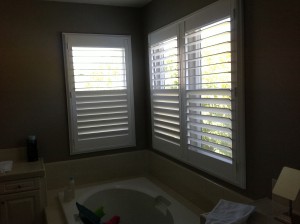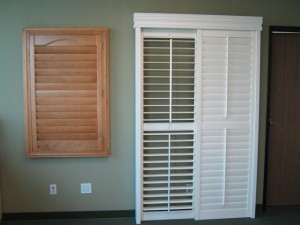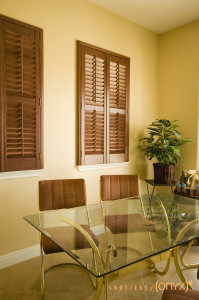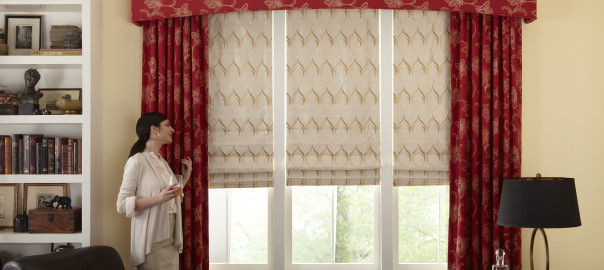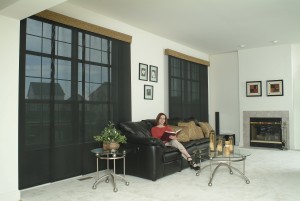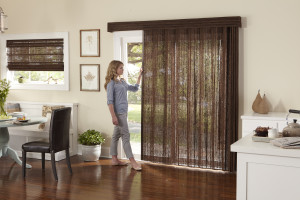Villa Shutter Materials
There is no difference in pricing between Real Wood Shutters and Poly Shutters so it is best to weigh the features of each and make your decision. Shutters are an investment in your home so you want to consider all options and not cut corners. We are more than happy to share our experiences with you and help you decide which is best for your Southern California home.
Natural Wood Shutters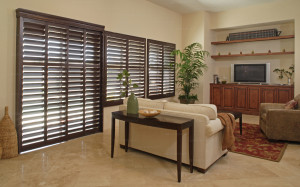
Our wood shutters are made of basswood, a lightweight hardwood with a consistent color and a tight grain that naturally resists moisture and takes stain or paint well.
Wood Shutters Features
- Unlimited color choices. For a premium our wood shutters can be painted any color under the sun.
- Staining available. If you prefer the look of stained shutters, then wood is the right choice for you. We can custom match the stain of your trim, cabinets, or furniture so your shutters blend in perfectly.
- Stronger & Lighter in Weight than poly shutters. Wood is stronger than poly, yet lighter in weight. This allows for greater durability, but it also means that you can have a larger panel size with wood shutters. Why? Because the weight of the poly can cause the shutters to “sag” on the hinges if they are made too large. Why does panel size matter? Well, it determines if you can cover your window using only two shutter panels or if you need to use four panels. Most people prefer the cleaner look of two when possible.
- Limited Lifetime Warranty. At Villa Blind and Shutter, our wood plantation shutters come with a limited lifetime warranty, guaranteeing the quality, workmanship, and installation for the life of the shutter. Our service team is always available to make any adjustments or repairs you may need.
Poly Shutters
Polywood is a popular alternative to natural wood; it’s made of recyclable synthetics that are engineered and reinforced to be strong and stable. They are highly energy efficient. Because the surface is baked on, it is durable and won’t chip, crack or warp. They come in standard white and off-white tones or our premium poly shutters can be custom painted any color.
Poly Shutters Features
- Durable, long-lasting finish. Poly material is very tough and durable, and will hold its color throughout the lifetime of the product.
- Moisture resistant. Some windows are in areas that are prone to moisture, such as garages and lanais. Poly is a good choice for these areas, because it is not prone to warping when exposed to moisture and humidity.
Shutter Panel Options, Styles and Terminology
Depending upon the width, height and number of consecutive windows you will most likely have several options with how your shutter panels look and operate. From single panel shutters to bi-fold and double hung panels, there are several customizable options. Below we will discuss some of these shutter panel options, shutter style options and window treatment terminology.
Single Panel Shutters

If your window is under 36″ you have the option of choosing a single or a double panel shutter. A single panel will offer the least obstruction if your priority is an outside view. Also keep in mind, the bigger the louver the better your view.
On smaller windows; 27” and smaller, a single panel is more desirable because the window itself is smaller. Adding an additional vertical line with 2 panels will crowd the window and make it look busy.

Double Panel Shutters
Covering windows with two panels offers a more traditional look. Because each panel swings outward to the left and right, a shutter with two panels is also easier to open.
Additionally, with two narrow panels, louvers lay against one another more tightly when the louvers are closed, blocking the maximum amount of light.
Cafe Style Shutters

Café style refers to shutters built to cover the lower half of a window. This style offers a more informal appearance.
Double Hung Shutter Panels
 Double hung shutters consist of separate panels that are hung one on top of the other. With double hung plantation shutters, you can swing open the top portion of the shutter independently from the bottom. However, the things to consider with this option, is that because these are actually separate panels, they are on separate hinge systems. There is also a gap between the top and bottom panels, to allow for separate swinging and because you have to have this gap…the top panel has nothing to rest on. So over time the top panel will sag due to lack of support. Another major issue to address with double hung is the significant light gap that occurs between the top and bottom shutter panels. This gap will vary over time, depending on the amount of sagging that occurs with the hinges on the top panel.
Double hung shutters consist of separate panels that are hung one on top of the other. With double hung plantation shutters, you can swing open the top portion of the shutter independently from the bottom. However, the things to consider with this option, is that because these are actually separate panels, they are on separate hinge systems. There is also a gap between the top and bottom panels, to allow for separate swinging and because you have to have this gap…the top panel has nothing to rest on. So over time the top panel will sag due to lack of support. Another major issue to address with double hung is the significant light gap that occurs between the top and bottom shutter panels. This gap will vary over time, depending on the amount of sagging that occurs with the hinges on the top panel.

Shutters designed with a divider rail or in the double hung fashion are a popular choice in bathrooms. They allow for closure of the bottom louvers for privacy while the top louvers can be left opened for a view and light. It’s harder to get that kind of function with curtains, drapes or wood blinds.
Louver Sizes

2 ½” louvers for plantation shutters was the choice for many consumers in the late 1980’s and early 1990’s. Viewed as a traditional plantation shutter, it created a quality, finished window treatment.
The desire for cleaner looks had lead to the 3 ½” louver plantation shutter dominating the market. Nearly 98% of all new shutter orders have the 3 ½” louver specified. Fewer louvers are necessary to build the shutter panel. When closed, they afford the same privacy as the 2 ½” louver. When opened however, the additional space between the louvers creates a dramatic, clean look that affords a greater view while still being subtle on your window.
More popular on the West coast and some tropical regions, the 4 ½” louver screams a very contemporary style here in Houston. Not many residences elect a louver this large, but when you want a statement made with a plantation shutter, the 4 ½” does the job!

Regular vs Hidden Tilt
The tilt bar quickly and easily opens and closes the louvers. A hidden tilt offers more visibility, light, and a more contemporary look versus the more traditional look of a visible tilt bar.
Hinge Placement
Hinge placement dictates how your shutters will open. With a left/right option, the shutter will open from the center out. With a left/left option, the shutter will open like a bi-fold door and slide left (there are dozens of configurations).
Inside Mount vs. Outside Mount
Whether to install your shutters inside the window or outside on a frame will depend largely on the depth of window, wall clearance, and if the windows tilt in. If you desire the capability of total darkness, outside mount shutters block out more light.
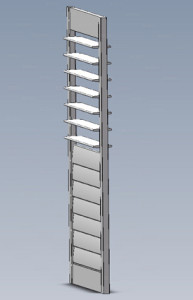





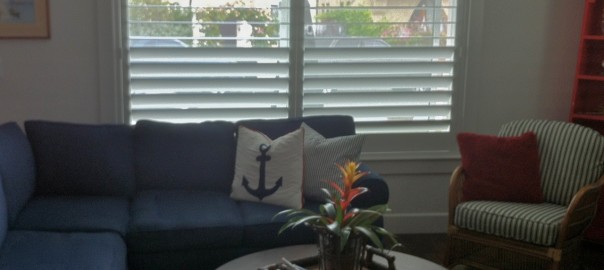
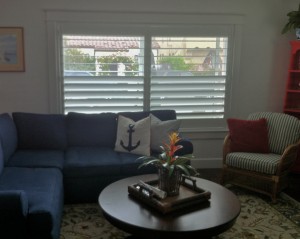
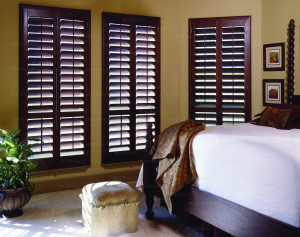
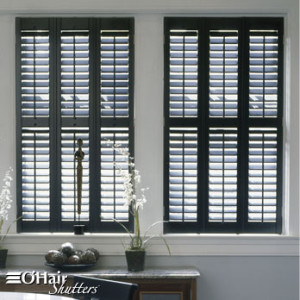
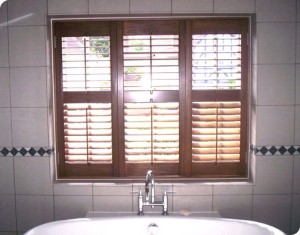
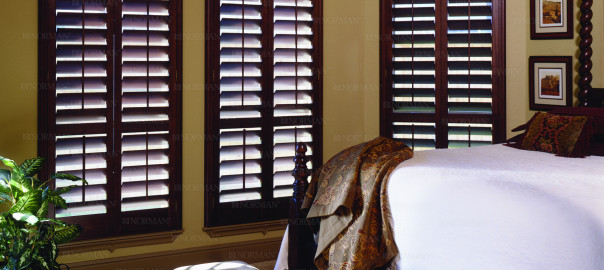
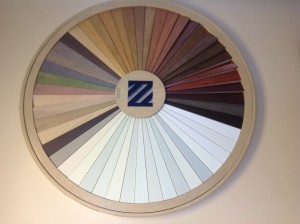
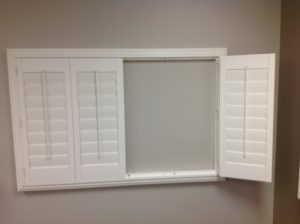
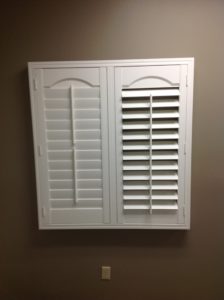
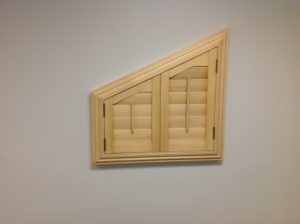
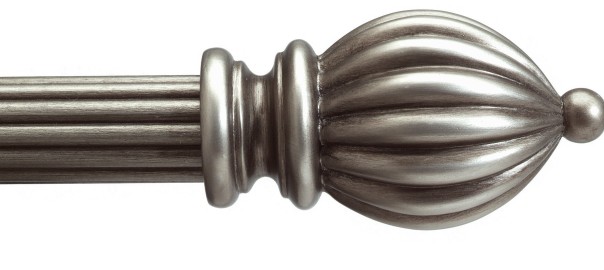








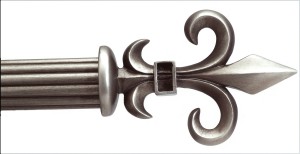
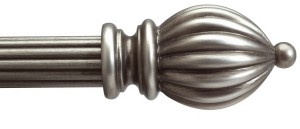
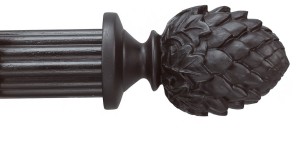

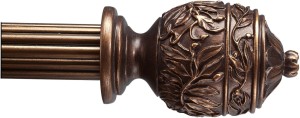

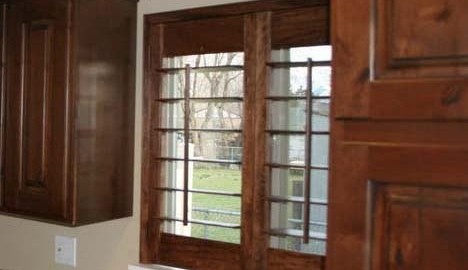
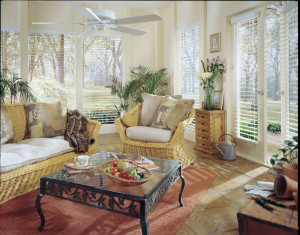
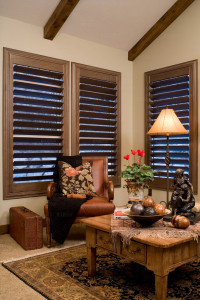

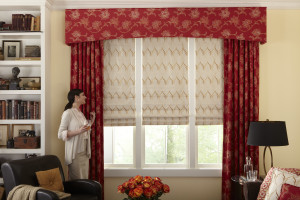
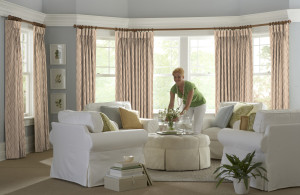
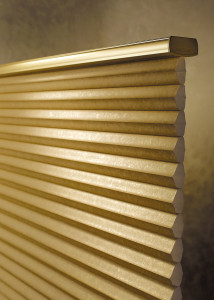
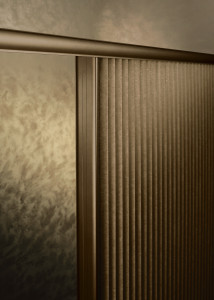
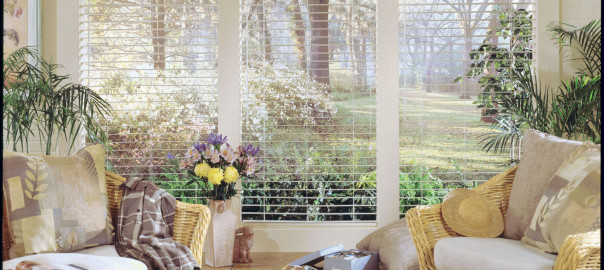
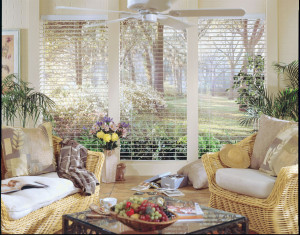
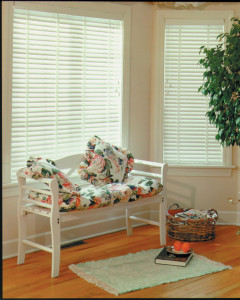
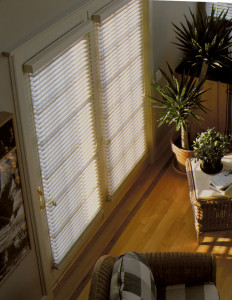
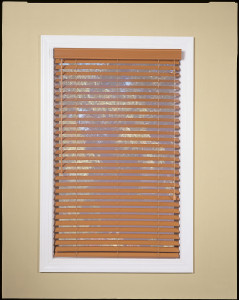
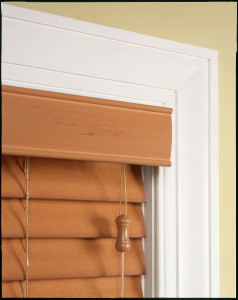



 Double hung shutters consist of separate panels that are hung one on top of the other. With double hung plantation shutters, you can swing open the top portion of the shutter independently from the bottom. However, the things to consider with this option, is that because these are actually separate panels, they are on separate hinge systems. There is also a gap between the top and bottom panels, to allow for separate swinging and because you have to have this gap…the top panel has nothing to rest on. So over time the top panel will sag due to lack of support. Another major issue to address with double hung is the significant light gap that occurs between the top and bottom shutter panels. This gap will vary over time, depending on the amount of sagging that occurs with the hinges on the top panel.
Double hung shutters consist of separate panels that are hung one on top of the other. With double hung plantation shutters, you can swing open the top portion of the shutter independently from the bottom. However, the things to consider with this option, is that because these are actually separate panels, they are on separate hinge systems. There is also a gap between the top and bottom panels, to allow for separate swinging and because you have to have this gap…the top panel has nothing to rest on. So over time the top panel will sag due to lack of support. Another major issue to address with double hung is the significant light gap that occurs between the top and bottom shutter panels. This gap will vary over time, depending on the amount of sagging that occurs with the hinges on the top panel.


